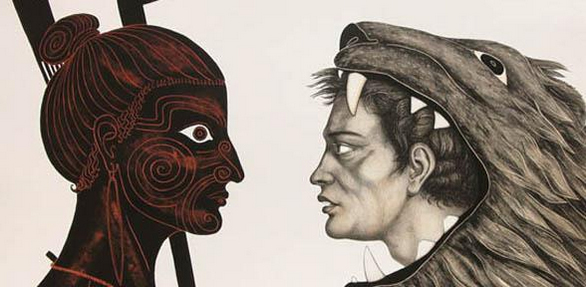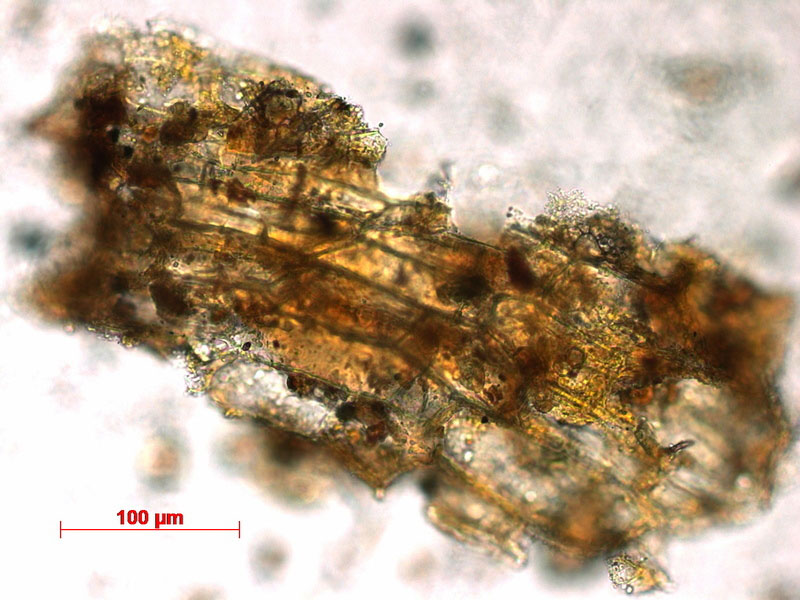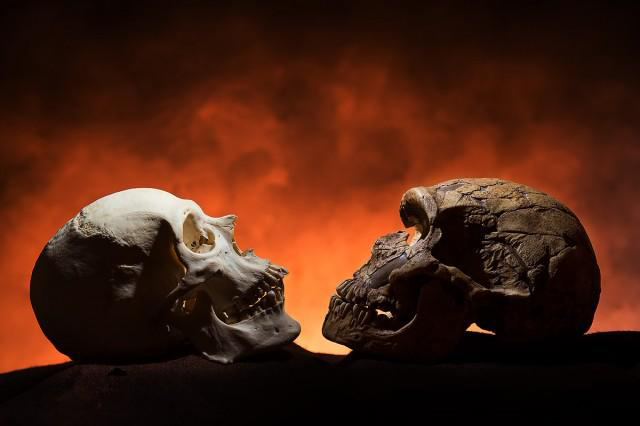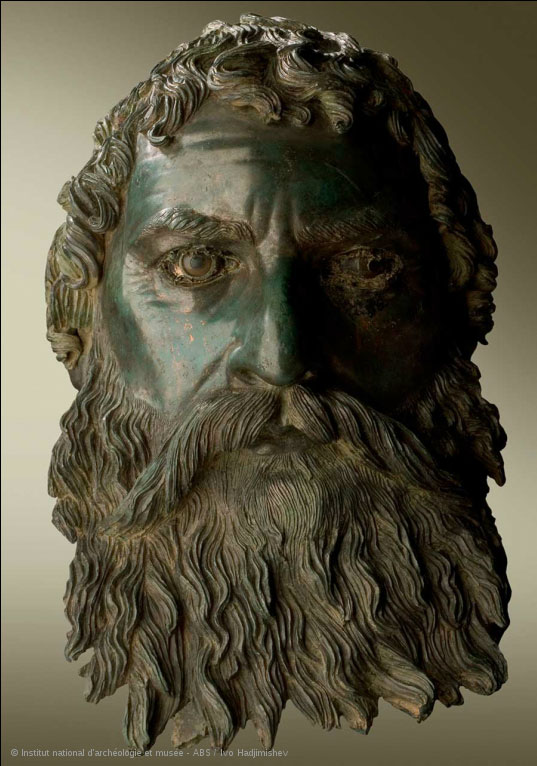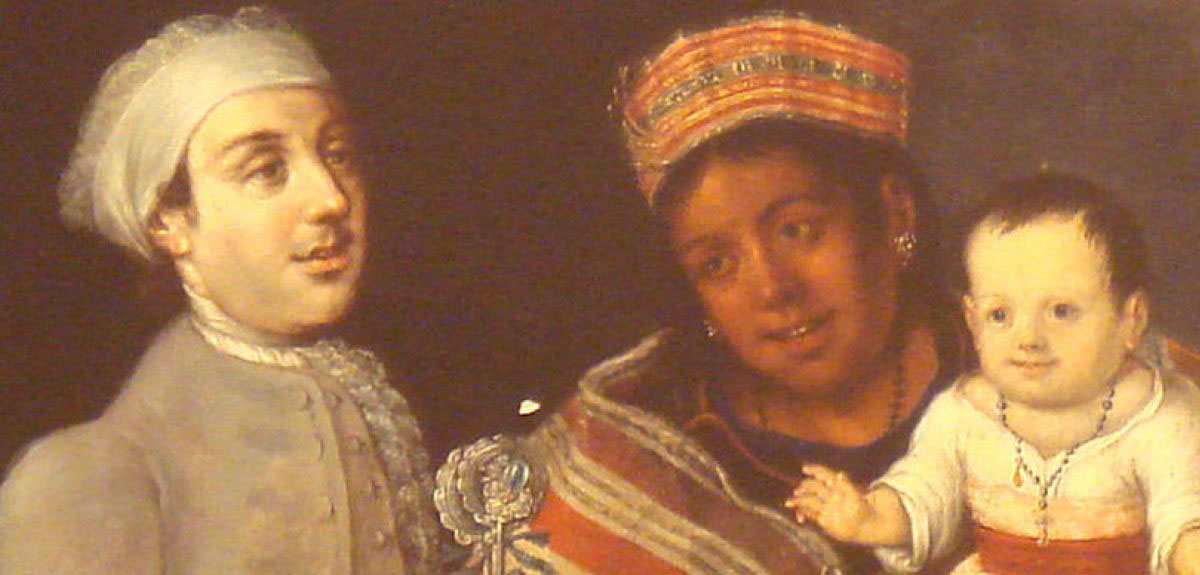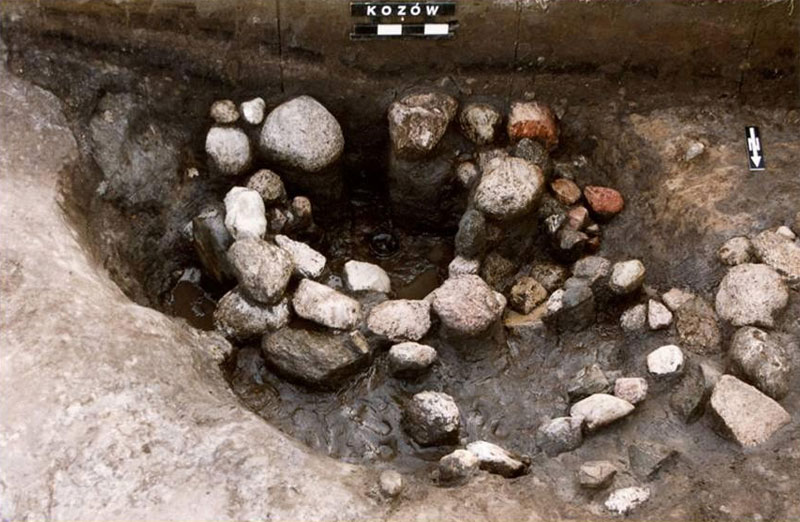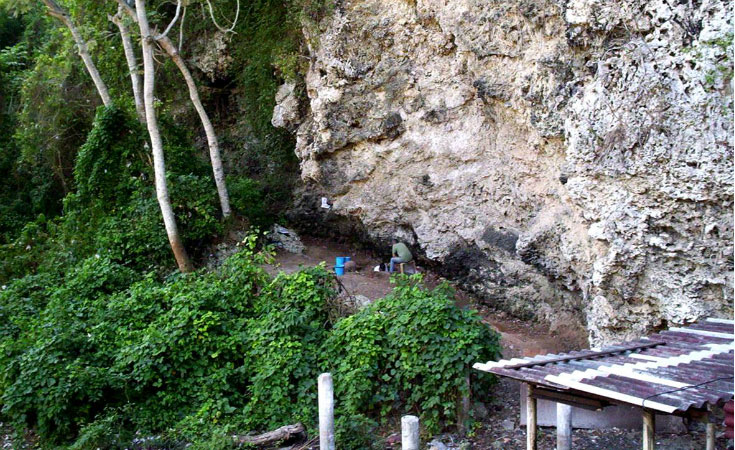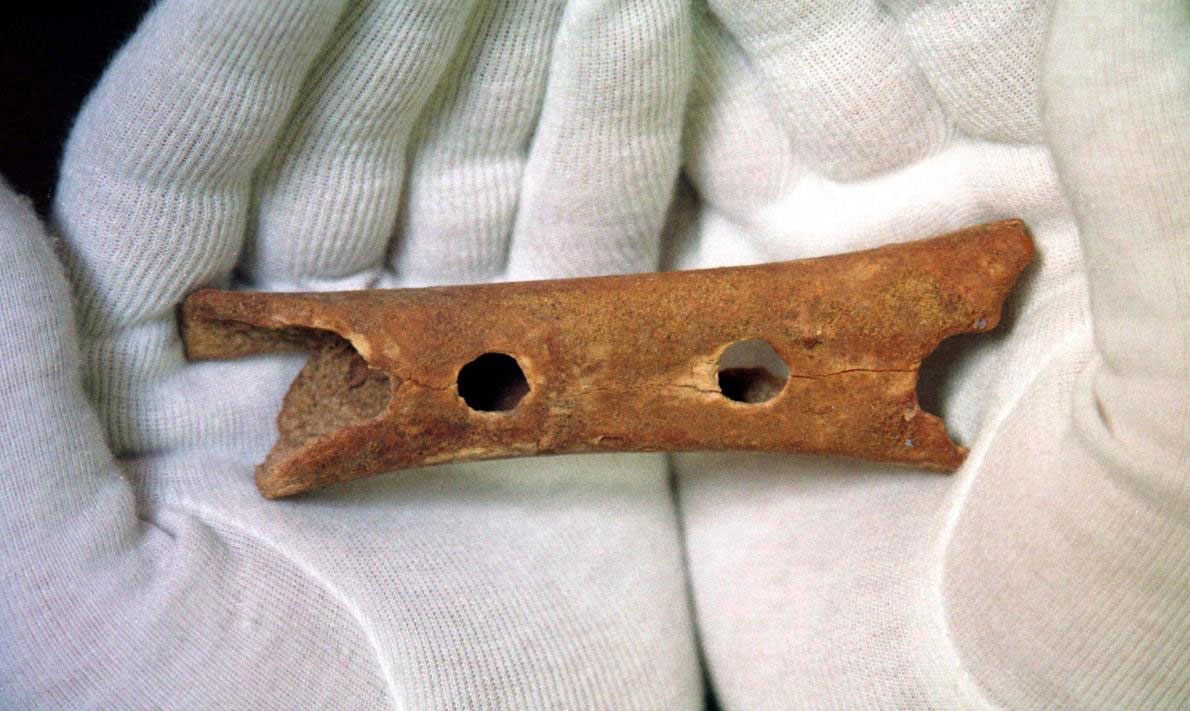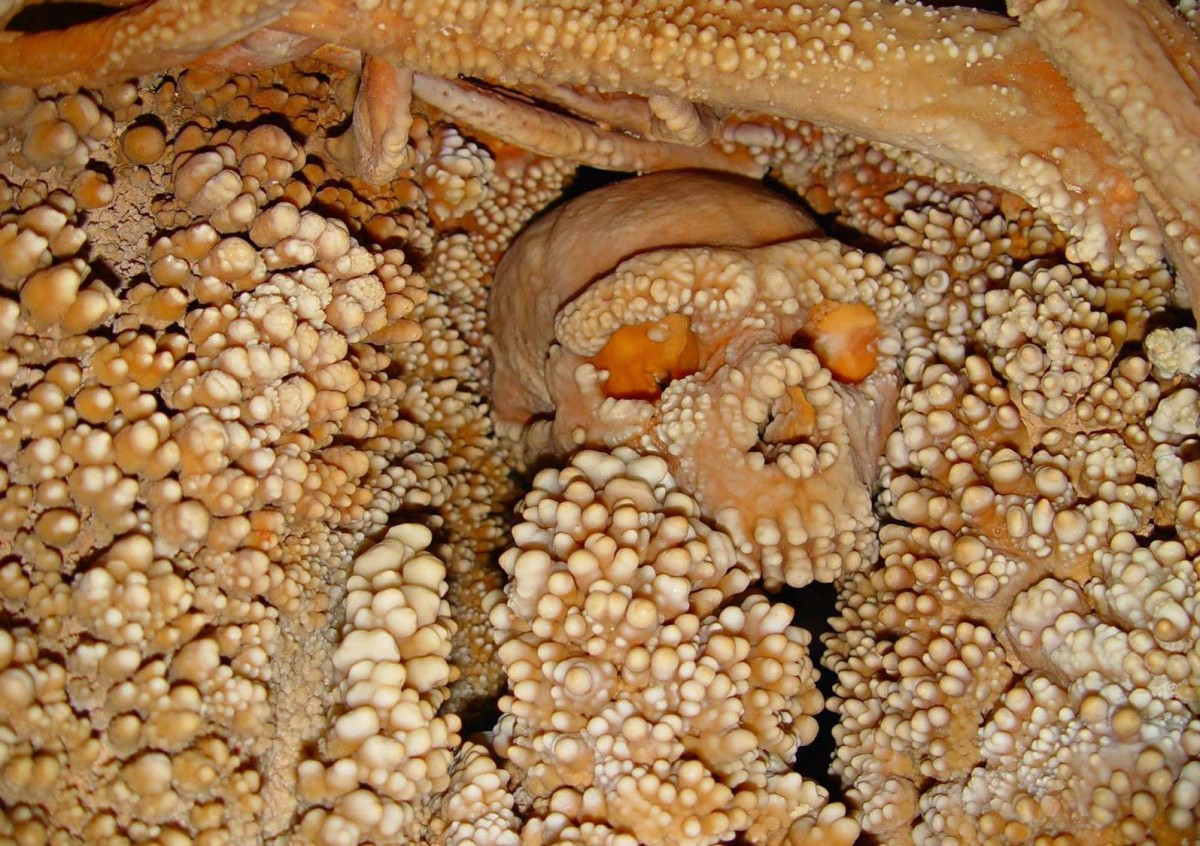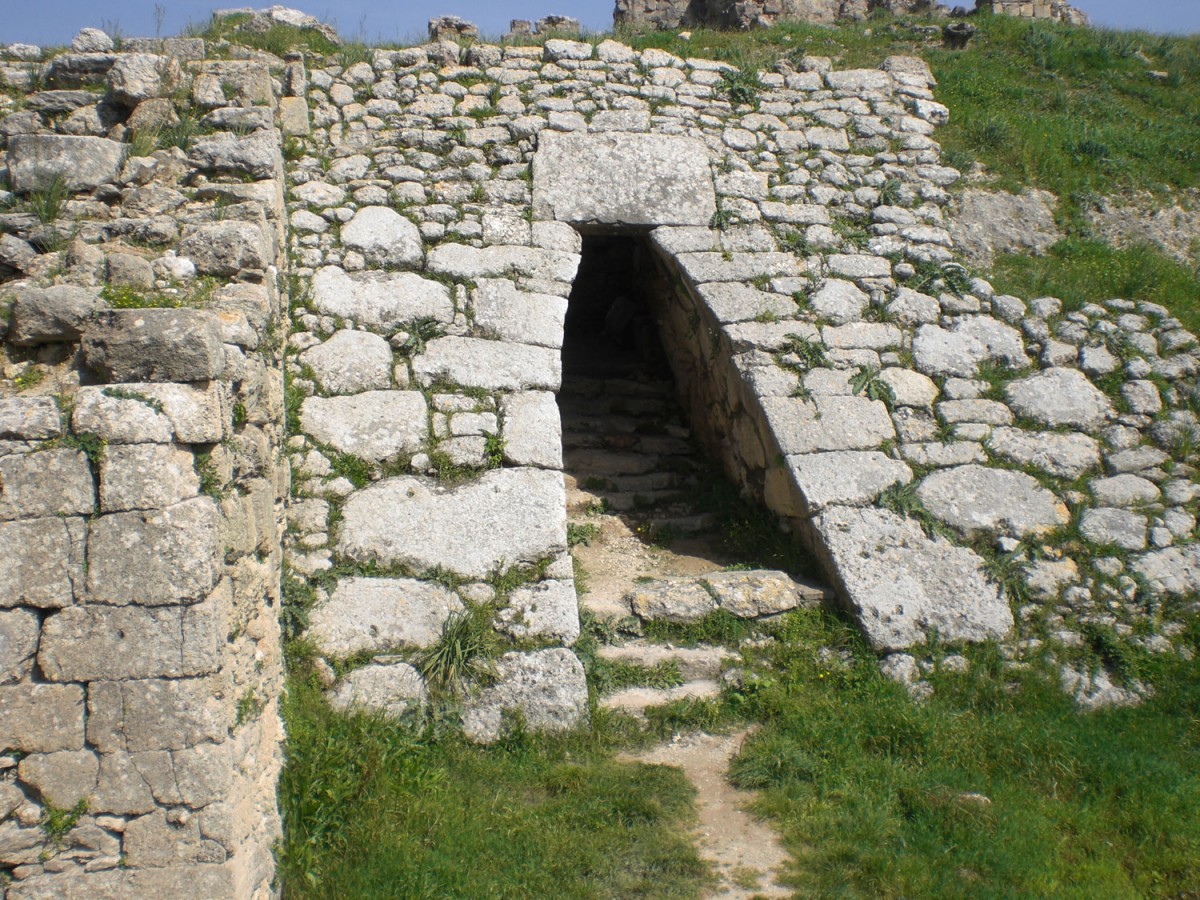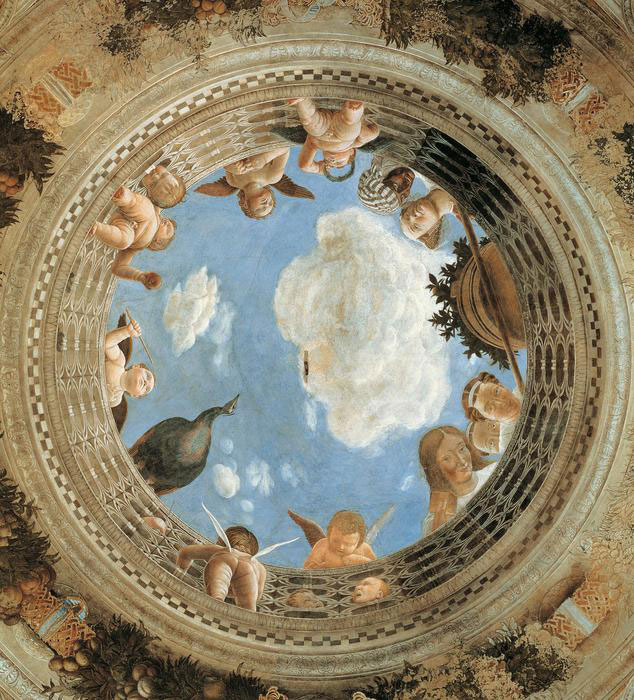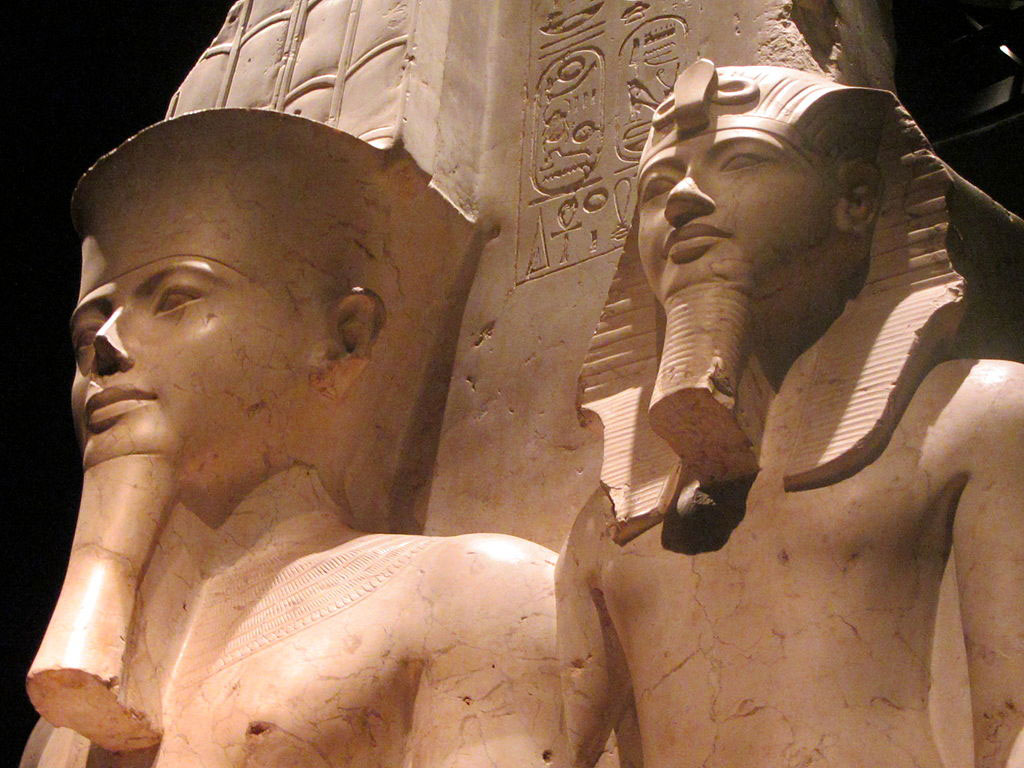Were Gods Meant to Entertain?
"Were Gods Meant to Entertain? Exploring Performativity, Theatricality and Entertainment in the Aegean Bronze Age Religion" is the title of the lecture to be given by Elene Balomenou.
Herakles – a hero for all ages
An exhibition that reimagines Greek hero Herakles as a 19th century colonist in New Zealand opens at the Museum of Classical Archaeology.
Free entry to monuments and sites of Cyprus
On the occasion of the International Day of Monuments and Sites, entry to 11 archaeological sites and ancient monuments of Cyprus will be free of charge.
The Antouaniko mansion wins Europa Nostra award
The Antouaniko mansion on the island of Chios is among the 2015 winners of the Cultural Heritage / Europa Nostra Awards.
Oldest evidence for the use of mushrooms as a food source
Analyses of old dental calculus show that humans consumed plant foods and mushrooms as early as the Upper Palaeolithic.
The ancient Chalkis stele was sold in London
A Greek marble funerary stele of the 4th c. BC was sold yesterday at a Christie’s lot for 135,000$. The Hellenic Ministry of Culture claims the stele had been taken from an ancient cemetery of Chalkis.
Whale-eating ‘zombie worms’ found at Cambridge University Museum
A species of bone-eating worm that was believed to have evolved in conjunction with whales has been dated back to prehistoric times when it fed on the carcasses of giant marine reptiles.
Why we have chins
University of Iowa researchers contend chin comes from evolution, not mechanical forces.
Complex cognition shaped the Stone Age hand axe
New study knocks another chip off theories that Stone Age hand axes are simple tools that don't involve higher-order executive function of the brain.
The Architecture of the Propylaea
A concise chronicle of the Propylaea restoration project by Dr Tasos Tanoulas.
The Saga of the Thracian Kings
An exhibition exploring ancient Thrace by looking at various components of the Odrysian kingdom has just opened at the Louvre.
Complex genetic ancestry of Americans uncovered
By comparing the genes of current-day North and South Americans with African and European populations, a new study has found the genetic fingerprints of the slave trade and colonisation that shaped migrations to the Americas hundreds of years ago.
Scythian treasure from Witaszkowo: Archaeologists determine the precise location
Archaeologists finally succeed in locating find spot of Scythian treasure discovered over 130 years ago.
Ghosts from the past brought back to life
Νew research and imaging work discovered eerie faces and lines of verse which had previously been erased from history in one of UK’s most important medieval manuscripts.
Beans in the Caribbean?
Cuban and Canadian researchers demonstrated the use of cultivated plants in the Caribbean well before the commonly accepted advancement of agricultural groups in the region at around AD 500.
Great Wonders Lectures at the Penn Museum
"The Great Wonders of the World" lectures organized by the Penn Museum are a series of presentations about the seven wonders of the world and other great monuments of archaeological interest.
Neanderthal bone flutes were the work of scavenging hyenas
The Neanderthal bone flutes were not instruments, nor human made, but products of the most important cave bear scavengers of Europe, hyenas.
Dates Obtained for Altamura Man
Over twenty years from its discovery, an international study led by the University of Florence and the University of Rome 1 “La Sapienza” proves that the Altamura Man has lived around 150,000 years ago.
Stone tools at least 206,000 years old found in Greece
Stone implements from a higher sediment layer at a site known as Kokkinopilos date back to about 206,000 years ago.
Space Syntax Applications in Archeological Context
A lecture about systematic understanding and “calculation” of space and its main properties by using a software that is designed for performing this kind of analysis.
Mantua’s Palazzo Ducale Bridal Chamber reopens
Three years after it was damaged by an earthquake, the Camera degli Sposi (Bridal Chamber), a Renaissance art decorated room has reopened at Mantua's Palazzo Ducale.
Egyptian Museum in Turin inaugurated after overhaul
The almost 200-year-old Egyptian Museum in Turin, which has undergone renovation works for the past five years, has now opened to the public.
Two Old Kingdom tombs found in excellent condition
Two Old Kingdom tombs were discovered south of Sakkara at the site Tabit El-Geish in Egypt. The 6th Dynasty tombs were discovered during excavations conducted by the Institut Français d’archéologie Orientale (IFAO) at the necropolis.
Honolulu Museum of Art aids international antiquities theft investigation
Seven artefacts from India at the Honolulu Museum of Art have been identified as stolen and handed in by the Museum to Immigration and Customs Enforcement agents and will be returned to India.

